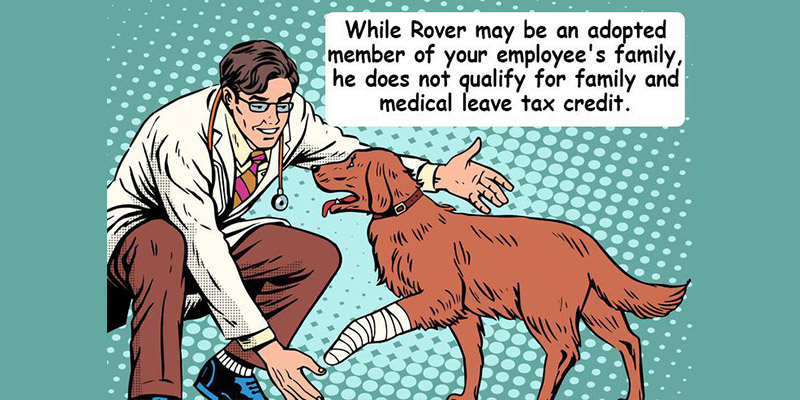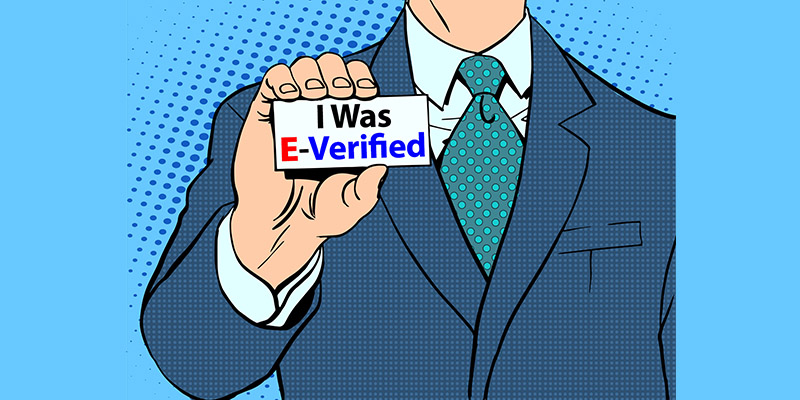As we get into the health insurance renewal season, there are some smaller, non-ACA mandated businesses (less than 50 FTEs) that may consider dropping their small group health plan all together. An average of 20-30% group rate hikes year after year do take a toll on the bottom line, so it would not be surprising. In lieu of carrying a group health plan, some employers may even decide to simply reimburse their employees a set amount for them to obtain individual coverage, or maybe even pay for the employees individual health insurance costs directly. Unfortunately, 2013 guidance from the IRS…
Posts published in “Employee Management”
With the exception of four states (Alabama, Florida, Georgia, and Mississippi), each state has specific laws regarding the issuance of a final paycheck to a separated employee. Many states differentiate whether the employee was separated voluntarily or involuntarily, and the timing ranges from “immediately” (yes, this means the same day the employee is terminated) to the next scheduled payday, so I have put together this table for quick and easy reference. Each state has penalties for violation of the final check rule, so be sure you know what is required. A state such as California will enforce the employer to…
While I am biased, as President of PayMaster, a payroll service provider, I do find the rare case for a business to utilize the services of a Professional Employer Organization (PEO) or Employee Leasing as it is sometimes referred to. In my opinion, there are only two reasons for a business to utilize a PEO, and that is in regards to Health insurance and Workers’ Compensation insurance as we will discuss. If the PEO route is the decision then I strongly recommend proceeding with caution and do your math, taking into consideration the big picture of the financial cost. This not…
This past week, voters in Washington, D.C. elected to raise the minimum wage for tipped workers to minimum wage by passing Initiative 77. Wait aren’t they already receiving minimum wage? Sort of. While the federal minimum wage is $7.25 per hour, the minimum wage for an employee who receives at least $30 per month in tips is only $2.13 an hour. This does not mean that an employee who works a 40 hour week is only going home with less than $100 gross. The employee is expected to receive tips that bring them up to the regular minimum wage, and should that…
According to the Society for Human Resource Management (SHRM), nine out of ten employers conduct background screening on candidates when hiring. It’s clear employers want to make safe hiring decisions. This is even more important because of the growing number of American workers that have a criminal history. In fact, the Bureau of Justice reports that almost one-third of working Americans have a criminal history on file — and this number is continuing to rise. Given these statistics, it’s inevitable you’ll find a candidate with criminal history when conducting background screening. Some risk-averse employers may make the common mistake of…
When the Tax Cuts and Jobs Act was signed into law back in December 2017, it included Section 45S to the IRS Code which includes a credit for employers who pay for family and medical leave. The credit is a percentage of the amount of wages paid to a qualifying employee while on leave for up to 12 weeks per taxable year. The minimum percentage is 12.5% and is increased by .25% for each percentage point by which the amount paid to a qualifying employee exceeds 50% of the employee’s wages, with a maximum credit of 25% (for employers that…
A question I am often asked is ‘How long must I maintain my payroll records?’, and the answer is; “it depends”. Reason being is that there are many different documents that are maintained within the payroll world by a myriad of federal, state, and local agencies, and a lots of overlap. Some people put a blanket retention policy of seven years across all documents, but in some cases as we will see, even that may not be long enough. Namely if the records are for an active employee. Let’s take a look at the more popular forms and documents, and bring some order to…
E-Verify started as a pilot program in 1997 to help employers verify the work authorization of new hires. When you have an employee complete a USCIS Form I-9, you are taking the word of the employee and the face value of the documents they provide. E-Verify allows you to confirm the provided documentation against multiple government databases. All employers must first complete an I-9 form for every new hire, within three business days of the date the employee starts work. Employers must not begin the I-9 process until after the individual is hired. The newly-hired employee jointly completes the I-9 form…
Because background screenings are closely regulated by the Fair Credit Reporting Act (FCRA), it’s important to ensure compliance. One of the most common screening mistakes employers make is not providing a legally mandated disclosure to candidate and obtaining written consent to conduct a background check. Many companies have suffered costly lawsuits for not complying with these requirements. If an employer fails to meet FCRA requirements, applicants can allege statutory FCRA violations without suffering damages. If an employer is found in violation of FCRA requirements, each applicant not provided the disclosure form may seek recovery, frequently through Class Action lawsuits. Additionally,…










